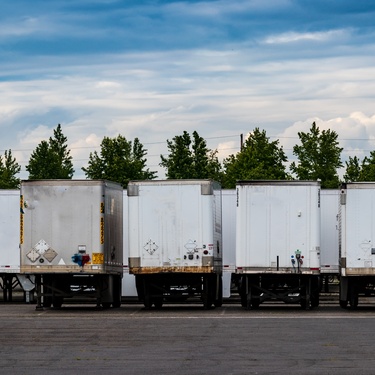
Maintaining a golf course is an art that requires attention to detail and a good understanding of specific care techniques. A well-maintained golf course not only enhances the playing experience but also ensures the longevity and appeal of your greens. Here are some essential tips for properly maintaining your golf course.
Mowing Techniques
Proper mowing sets the foundation of golf course maintenance. Regular mowing keeps the grass healthy, dense, and visually appealing. It’s important to maintain optimal grass heights that are tailored to the different areas of the course. For instance, fairways require shorter grass heights compared to roughs and greens, which need even shorter cuts. Using the right equipment is paramount; for example, using specialized mowers with the best tires for mowing fairways allows you to make precise cuts without damaging the turf. Tires designed specifically for golf courses provide better traction and reduce soil compaction, helping maintain the grass's health. Additionally, alternating mowing patterns can prevent the turf from developing a grain and ensure even growth.
Water Management
Efficient water management is crucial for a thriving golf course. Implementing proper irrigation schedules ensures the grass receives the right amount of water without being oversaturated. It's essential to monitor the moisture levels regularly and adjust watering schedules based on weather conditions and soil types. Utilizing water-efficient technologies can significantly reduce water usage while maintaining turf health. For example, installing smart irrigation systems that adjust watering based on real-time weather data can optimize water usage and prevent waste. Proper drainage systems are also vital to avoid waterlogging, which can lead to turf diseases and poor playability.
Pest and Disease Control
Pests and diseases pose significant threats to the health of your golf course. Early identification of common pests and diseases is key to implementing effective control measures. Regular inspections of the turf can help detect problems before they escalate. Preventative measures, such as maintaining optimal soil health and using resistant grass varieties, can minimize the risk of infestations. Choosing safe and effective methods is crucial when treatment becomes necessary. Integrated pest management (IPM) strategies, which combine biological, cultural, and chemical controls, offer a balanced approach to pest and disease management without harming the environment.
Aeration and Fertilization
Aeration is a critical practice that allows air, water, and nutrients to penetrate the soil, promoting healthy root growth. Regular aeration reduces soil compaction and enhances the turf's ability to absorb essential nutrients. It's generally recommended to aerate the course at least once or twice a year, depending on the soil type and foot traffic. Following aeration, fertilization plays a pivotal role in maintaining a lush and green golf course. Using the right fertilizer at the appropriate times ensures that the grass receives the necessary nutrients for growth and resilience. It's important to tailor the fertilization program to the specific needs of the turf, considering factors such as soil tests and seasonal changes.
Taking care of a golf course is a multifaceted endeavor. By implementing these tips for properly maintaining your golf course, you can ensure it remains in excellent condition and continues providing an enjoyable experience for golfers. Start applying these tips today to see noticeable improvements in your course's health and appeal.
Bio: Casey is a passionate copyeditor highly motivated to provide compelling SEO content in the digital marketing space. Her expertise includes a vast range of industries from highly technical, consumer, and lifestyle-based, with an emphasis on attention to detail and readability.



















